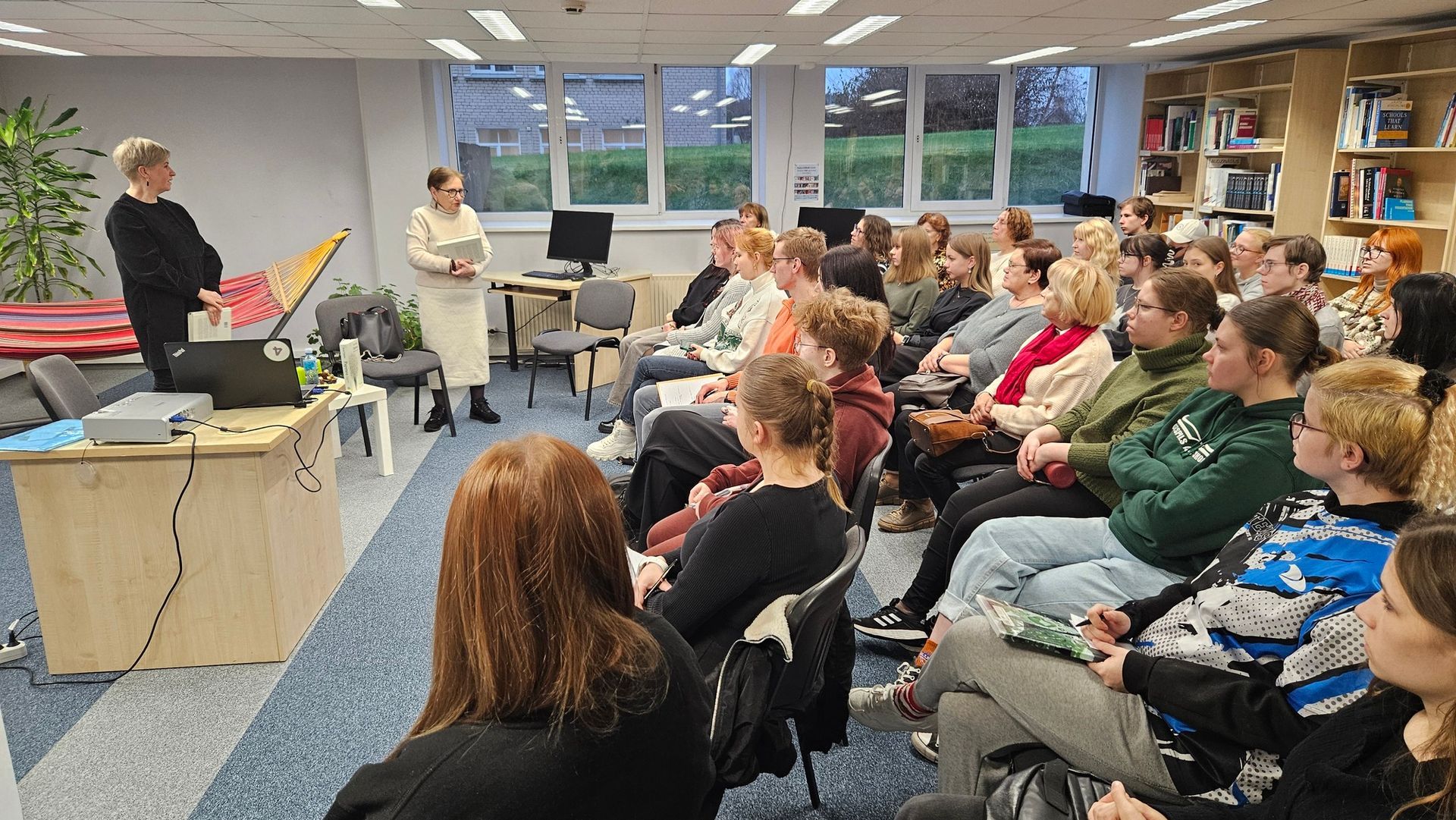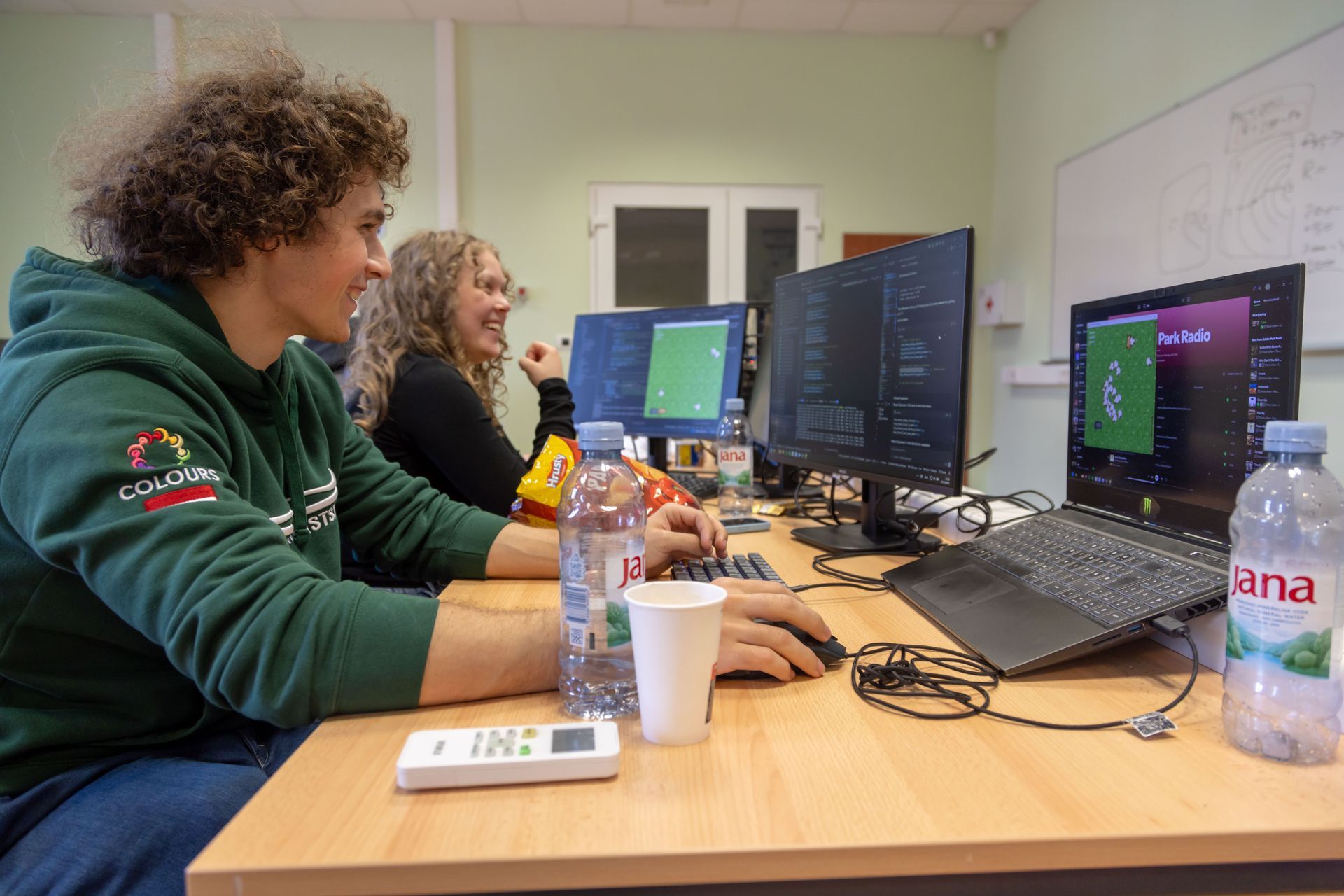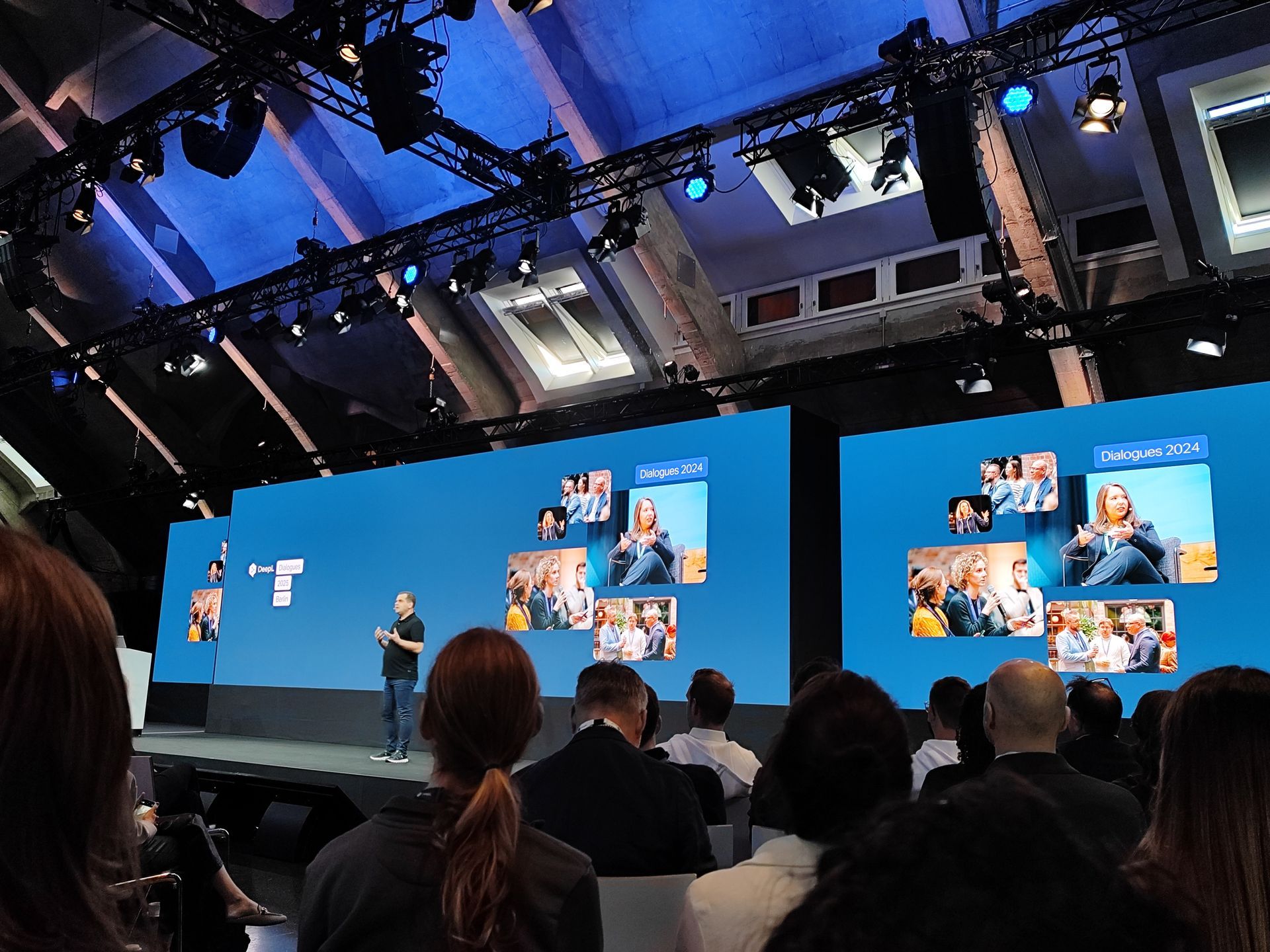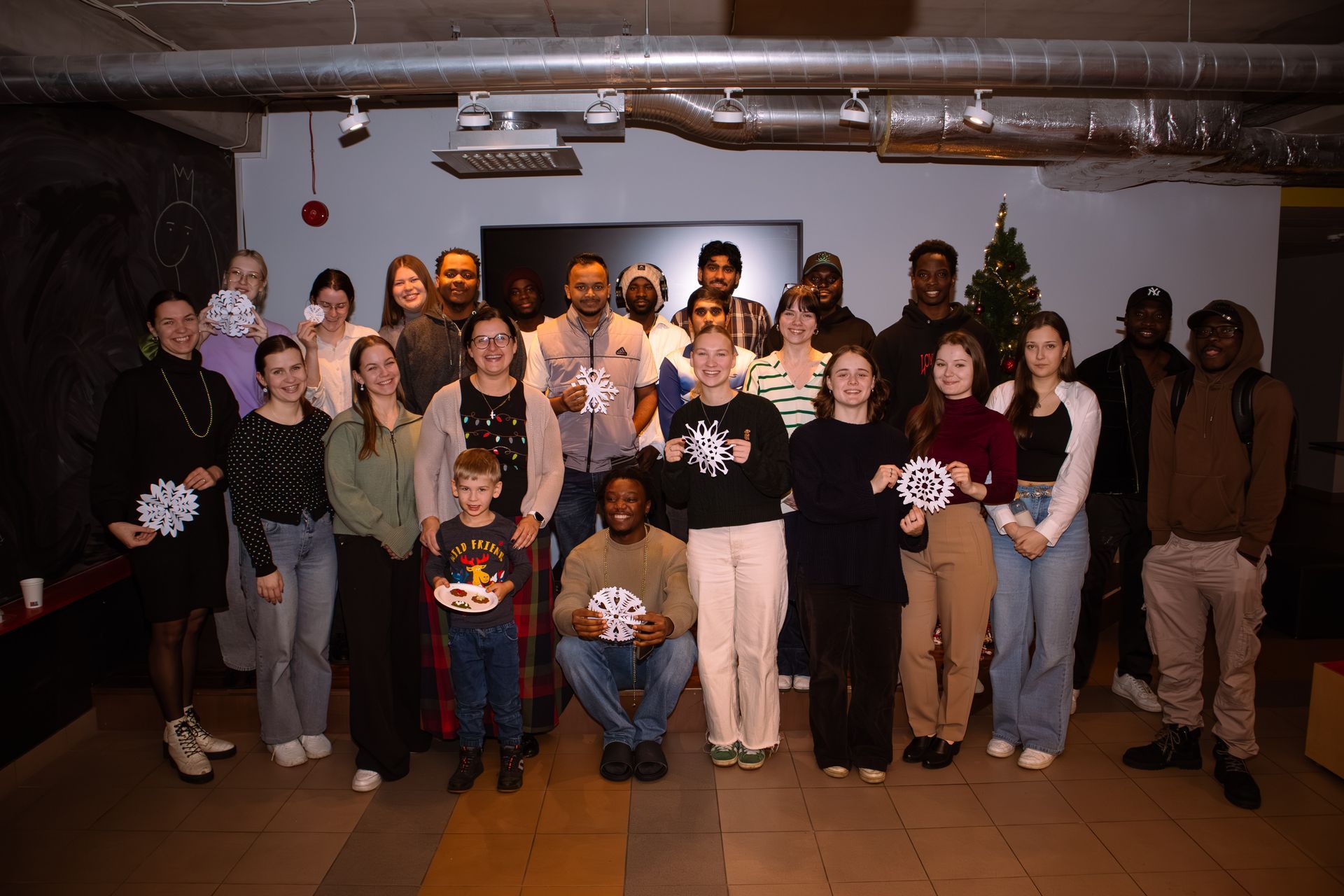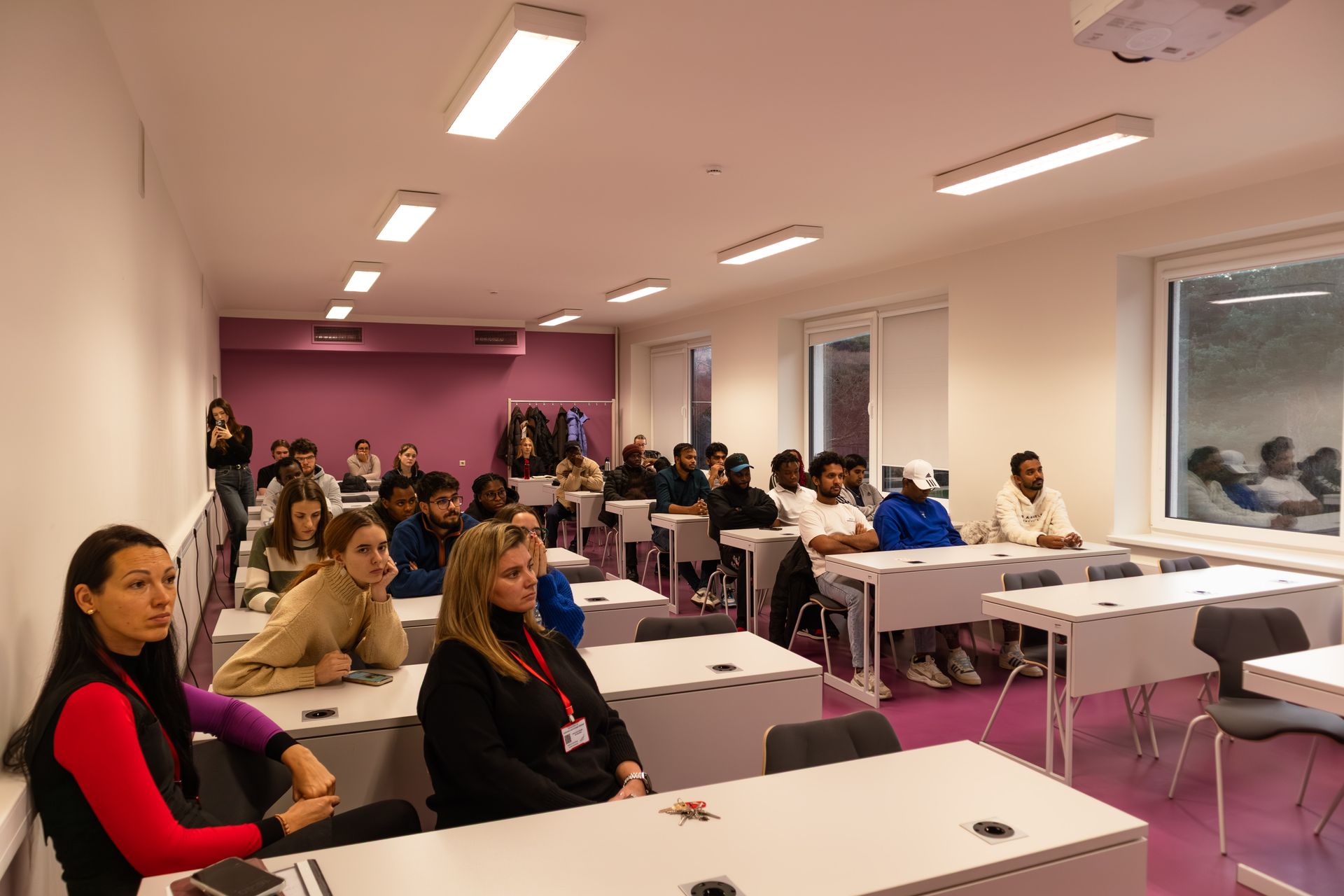Radio Astronomy driving new competences and innovation on the European scale
LOFAR (Low Frequency Array) is the world’s largest and most sensitive low frequency radio telescope. It was designed, built, and is now operated by ASTRON, the Netherlands Institute for Radio Astronomy. LOFAR’s reach now spans Europe – from Ireland to Poland, with the newest LOFAR antenna station being delivered to Ventspils University of Applied Sciences in Latvia.
It might be surprising that a niche discipline such as Radio Astronomy is a driver for new competences and innovation on the European scale. Moreover, this discipline sets a template for future fundamental science to help structure ‘perfecting the European endeavour’ as Dutch Prime Minister Rutte put it so eloquently in June 2018.
Here we propose that LOFAR is a prime example of how state-of-the-art facilities leads to the sharing and building of competencies: it is one of today’s major success stories of research infrastructures on a European scale.
ASTRON is a world-leading institute in the development, exploitation, and scientific use of radio telescopes. Building world-leading radio telescope instrumentation is rarely a task that one institute or even one country can achieve. It requires collaboration, enduring relationships and knowledge exchange: moreover, as it is fundamental science with expensive facilities, it must deliver benefits for all parties involved.
The International LOFAR Telescope (ILT) is a foundation under Dutch law. The members of the ILT are the eight institutes and countries who currently own LOFAR stations. The mission of the ILT is to exploit the LOFAR telescope under common policies to maximise its science output. Access to LOFAR observing is open to all scientists from around the world following a competitive peer-reviewed process termed ‘open skies’ in the astronomy discipline.
Largest radio telescope
LOFAR, now connecting fifty-two antenna stations in eight European countries to powerful computers in Groningen, the Netherlands, forms the largest radio telescope and operates at the lowest radio frequencies that can be observed from Earth. Unlike classical dish telescopes, LOFAR is a multipurpose sensor network, with an innovative computer and network infrastructure that can handle extremely large data volumes. Its long-term archive currently contains over 40 petabytes of astronomical data.
The core of LOFAR consists of a network of twenty-four stations concentrated in a three kilometre area the north-east of the Netherlands; there are a further fourteen stations also in the Netherlands. The network has grown over the years, making LOFAR a truly pan-European research infrastructure with six stations in Germany, three in Poland, and one each in France, Ireland, Sweden, the United Kingdom, and the next one being delivered to Latvia in summer 2019. The greatest distance between stations is termed the ‘baseline’ and now approaches 2000 km. This baseline sets the resolution, or detailed zoom-in ability, of the LOFAR telescope. The total number of stations determines its sensitivity to the weakest radio emission from the sky. All this is done in the highly-populated European continent: it is a testament to the brains behind the continuously-improving signal processing algorithms that this is achievable.
Last week, the equipment for the new station was shipped to Latvia, which will enhance the resolution, sensitivity, and fidelity of LOFAR.
Twinning
Being part of the LOFAR family brings multiple benefits to the research community in the member countries. A recently completed H2020 project, BALTICS (Building on Advanced LOFAR Technology for Innovation, Collaboration, and Sustainability), ran between January 2016 and December 2018. The partners – VIRAC (Ventspils International Radio Astronomy Center), ASTRON, and UMAN (University of Manchester) – strengthened the expertise and experience of VIRAC radio astronomers and technology and instrumentation engineers. The project encompassed development and training in instrumentation and data analysis, accompanied by dissemination and scientific publications.
BALTICS was a great stepping stone on the way to financing, realisation, and future exploitation of the LOFAR station under construction in Latvia. VIRAC views the LOFAR station as the natural extension of their Irbene Observatory. It will further anchor the role of VIRAC as a top-level science and technology expertise centre in the northeast of Europe.
Networking
BALTICS was specifically designed to cement the networking collaborations between ASTRON, UMAN, and VIRAC. This will facilitate subsequent participation in future joint endeavours, including top-notch instrumental and astronomical research and development projects, e.g. regarding the Square Kilometre Array (SKA), often on the interface between academia and industry, in high-impact regional, national and European research areas.
The project successfully concluded its activities with a scientific conference organised in Jurmala, Latvia on 5 December 2018. Attendees from Latvia, the Netherlands and the United Kingdom, as well as Bulgaria, France, Germany, Poland, Russia, and Ukraine, shared and discussed the knowledge and experience gained during the project.
The conference was followed by a Workshop at the Irbene Observatory of VIRAC on 6 December 2018, with the goal of promoting the opportunities that the participation of VIRAC in LOFAR and the EVN (European VLBI Network) will bring to the new user community, and to intensify links with partner scientific and technological institutes in the wider European region. The workshop covered topics from the basics of ILT science operations, organization and future upgrade, to science research topics from potential users.
Next steps
In the closing report to the European Commission, VIRAC expressed its pleasure and gratitude with the results they derived from the BALTICS project. The ASTRON participants were delighted to be able to contribute to increasing their capabilities, and were impressed by the work of all contributors in their research in Low Frequency Radio astronomy and the related technical facilities. All participants in the closing meeting of BALTICS were excited to see the ground preparations for the LOFAR station. The ILT looks forward to welcoming the Latvian consortium as a full member.
The ILT is now engaged in a major technological upgrade, again led by ASTRON, that will position the facility as a cutting-edge research infrastructure throughout the 2020’s, and for technological pathfinding aimed at the decade beyond. Meanwhile, the ILT aims to welcome new partner countries and institutes to further enhance the facility, as well as to strengthen its support base and user community.
By Dr. René Vermeulen, Director of the International LOFAR Telescope, and Prof. Carole Jackson, Scientific and General Director of ASTRON
Share on other platforms
Other news
